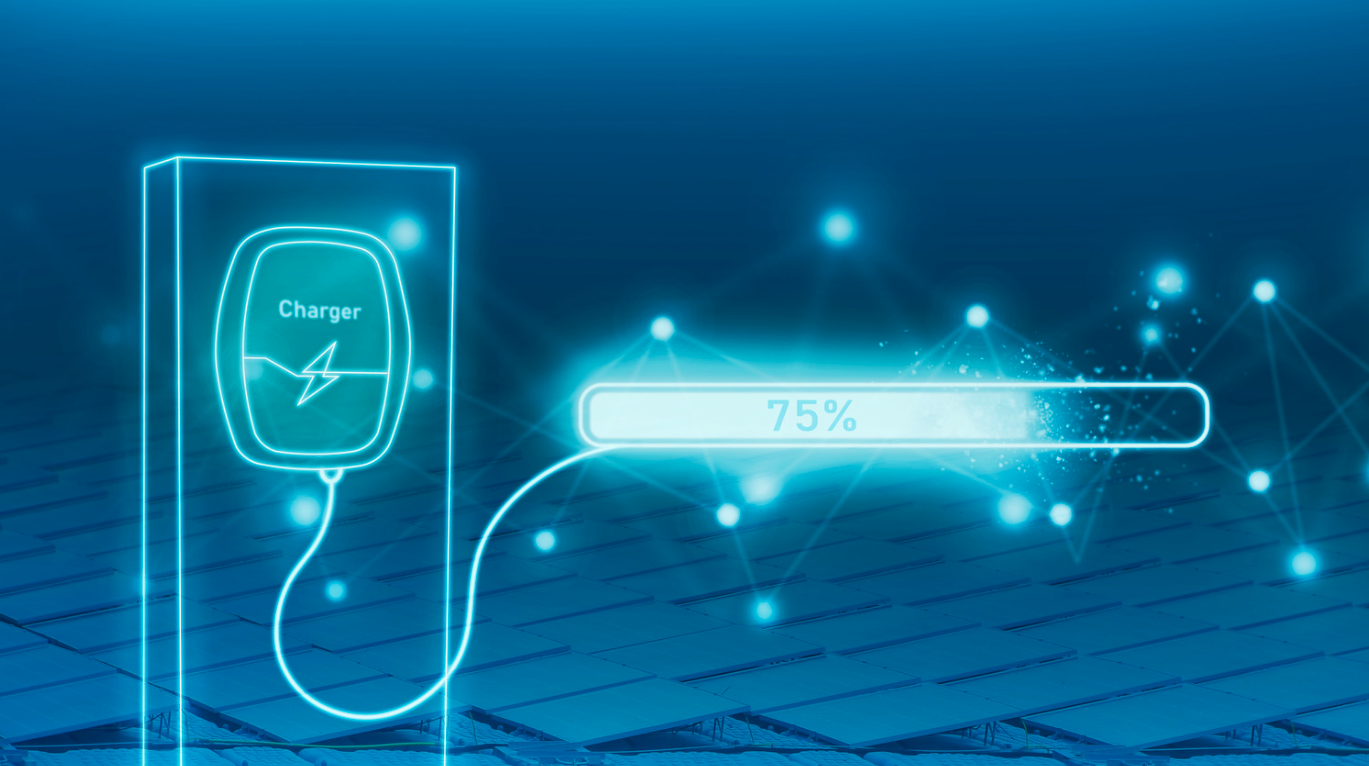Battery chargers - what are they, what are their types, how to choose the right battery charger?
by Quotebeam Team
Jan 23, 2024

If you're navigating the manufacturing and automation space, understanding these power-packed devices is crucial. Let's dive into the Battery Chargers arena!
What is a Battery Charger?
A battery charger is the essential force that rejuvenates your power-hungry devices, ensuring they're always ready for action in the dynamic world of manufacturing and automation. Let's focus on a specific type – the DC to DC battery charger, known for its unique capabilities.
The DC to DC battery charger is versatile, seamlessly adapting voltage for different setups. Its efficient energy transfer minimizes loss, ensuring optimal power usage. With a compact design, it fits well into space-constrained automation setups. Additionally, its flexibility allows for customizable charging profiles tailored to specific batteries and applications, enhancing overall efficiency.
When to Choose the DC to DC Charger:
- Remote Device Power:
- Ideal for providing reliable power to remote automation components.
- Voltage Mismatch Resolution:
- Bridges gaps between battery and system voltages for seamless power integration.
- Space-Efficient Environments:
- Valuable in compact setups where space optimization is crucial.
Understanding the DC to DC charger's unique attributes ensures effective utilization, making it a valuable component in the power dynamics of manufacturing and automation.
Difference Between Battery Charger and Maintainer
While battery chargers excel in reviving batteries from the depths of depletion, providing a surge of energy for immediate use, maintainers focus on the long game. They silently work in the background, ensuring batteries remain healthy during periods of inactivity, offering a trickle of power to offset natural self-discharge. In essence, chargers are the rapid responders, while maintainers are the vigilant guardians of battery health over time. Understanding this difference is the key to selecting the right hero for your automation needs.
What Are Available Battery Types?
There are plenty of battery types, each with its unique characteristics to power up your automation needs:
- Alkaline Batteries:
- Profile: The classic workhorse, reliable and widely used.
- Suitable for: Everyday devices in your automation arsenal.
- Lithium-ion Batteries:
- Profile: Cutting-edge technology for high performance.
- Ideal for: Power-hungry automation components, ensuring longevity.
- Lead-Acid Batteries:
- Profile: Robust and cost-effective.
- Fit for: Applications with lower power demands in automation.
- Nickel-Metal Hydride (NiMH) Batteries:
- Profile: Balanced performance and rechargeable.
- Versatile for: Devices requiring both reliability and reusability.
- Lithium Polymer Batteries:
- Profile: Lightweight and flexible form factor.
- Suited for: Space-efficient automation solutions with specific design constraints.
How Does a Battery Charger Work?
A battery charger functions by supplying electrical energy to recharge a rechargeable battery. This involves providing a voltage higher than the battery's current voltage, prompting the flow of current into the battery and initiating electrochemical reactions. As the battery undergoes charging, chemical changes occur, leading to the absorption of ions and the storage of energy within the battery. Sophisticated chargers incorporate control mechanisms to regulate voltage and current, ensuring a safe and efficient charging process. This fundamental process is crucial for selecting the appropriate charger for diverse battery types and applications in the manufacturing and automation sectors.
What Are Battery Chargers Used For? What Are Their Advantages?
Discover the practical perks of battery chargers as we delve into their advantages, showcasing their valuable roles in the manufacturing and automation landscape:
- Reviving Drones Mid-Flight:
- Advantage: Quick charges save drones from energy crises, ensuring uninterrupted aerial operations.
- Energizing Assembly Lines:
- Advantage: Chargers conduct the power symphony, eliminating downtime disruptions in the automation dance.
- Boosting Robotic Precision:
- Advantage: Battery chargers empower robotic arms, sensors, and AI components, ensuring seamless precision in manufacturing.
- Empowering Emergency Systems:
- Advantage: Chargers stand as guardians for critical systems, keeping emergency components ready for swift responses in unforeseen situations.
How to Choose the Right Battery Charger?
Choosing the right battery charger is like selecting the perfect tool for a job – it's all about compatibility and efficiency. Let's explore the different types of battery chargers and when they shine in the world of manufacturing and automation:
Smart Battery Chargers:
- Use: Ideal for precise charging in complex automation systems, optimizing battery capacity.
- Features: Communicate with the battery, adjusting voltage and current for optimal charging and efficient utilization of battery size.
Float Battery Chargers:
- Use: Perfect for batteries connected for extended periods, maintaining optimal battery capacity.
- Applications: Common in standby power systems for consistent maintenance, ensuring prolonged battery life.
Trickle Battery Chargers:
- Use: Great for maintaining charge during storage or infrequent use, preserving battery capacity.
- Suitability: Ideal for low power consumption applications, maximizing efficiency within battery size constraints.
Fast Battery Chargers:
- Use: Essential for quick charging in time-sensitive operations, addressing high-demand scenarios without compromising battery capacity.
- Scenario: Minimizes downtime, crucial for automated assembly lines, maintaining peak battery size efficiency.
Pulse Battery Chargers:
- Use: Effective in rejuvenating batteries with sulfation issues, extending battery life and capacity.
- Application: Maintains batteries in intermittently used vehicles like AGVs, optimizing battery size for intermittent usage.
Inductive Battery Chargers:
- Use: Perfect for automation where physical connectors are impractical, offering wireless charging and flexibility in battery size.
- Tech: Utilizes wireless charging, suitable for confined spaces, allowing for diverse battery sizes.
Solar Battery Chargers:
- Use: Excellent for off-grid automation systems harnessing solar power, promoting sustainability while adapting to various battery capacities.
- Sustainability: Ideal for outdoor applications like solar-powered manufacturing facilities, accommodating different battery sizes for optimal energy storage
Remember, the key is understanding your specific needs. Whether you're powering robots, sensors, or entire production lines, choosing the right battery charger ensures optimal performance and longevity in the world of manufacturing and automation.
Get ready to charge up your knowledge and power through the manufacturing landscape with Quotebeam!
